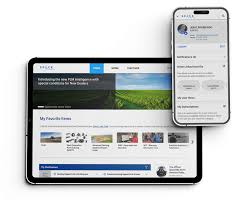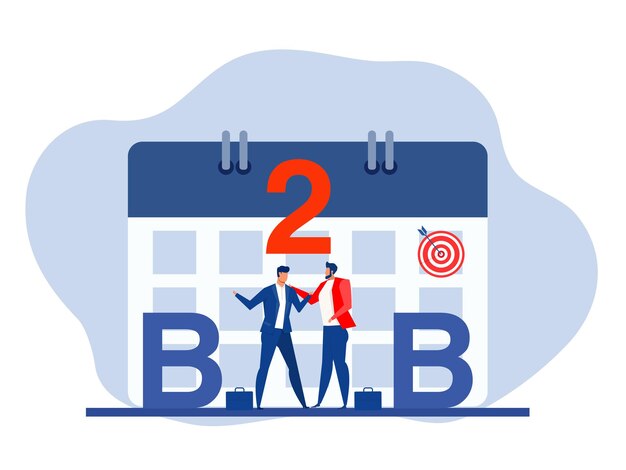Strategic Growth with a B2B partner program hub Build, Scale, Succeed

B2B partner program hub — for many companies this phrase represents the single most important lever for sustainable, scalable channel growth. A modern partner program hub is not just a list of resellers or affiliates; it is an ecosystem platform that centralizes onboarding, training, enablement, co-selling, lead distribution, performance analytics, and campaign collaboration. When designed with clarity and execution discipline, a partner hub becomes a force multiplier for sales, brand reach, and product adoption.
Why invest in a dedicated partner program hub? The business case is straightforward: partners extend your reach without proportionally increasing fixed costs. They bring specialized domain knowledge, local market access, and customer relationships that your direct team might not have. But partnerships are complex — without a centralized, well-structured hub, you risk inconsistent messaging, low partner engagement, poor lead follow-through, and inadequate measurement. A hub reduces friction, standardizes processes, and provides a single source of truth for every stakeholder.
Core components of an effective partner program hub include: a clear partner value proposition, tiered incentives, streamlined onboarding, structured enablement content, a deal registration and lead management workflow, co-marketing tools and assets, sales enablement (playbooks, certifications, demo environments), and analytics dashboards. Each component should be tailored to partner types — e.g., referral partners, resellers, systems integrators, technology partners — because their motivations and operational needs differ.
Begin by defining partner personas and success metrics. Ask which partner segments will drive the most strategic value: new markets, vertical expertise, or complementary technology integrations. For each persona, specify KPIs such as revenue, pipeline velocity, average deal size, number of joint opportunities, time-to-first-deal, and customer retention. These metrics will drive the structure of tiers, rewards, and enablement. Use them to communicate expectations clearly: a top-tier partner understands the pathway to preferred margin, co-selling support, and joint marketing funds.

Onboarding is often the most neglected part of a partner program. A robust onboarding flow reduces time-to-first-sale and improves partner confidence. Include a digital welcome kit, guided certification paths, product walkthroughs, pricing and discount structures, legal documentation templates, and an assigned partner manager or support channel. Automate as much as possible: workflows, reminders, and certification tracking keep partners moving forward without manual follow-up from your team.
Enablement content should be modular, searchable, and measurable. Build short microlearning modules, on-demand demo videos, battlecards, ROI calculators, co-branded marketing templates, and technical integration guides. Certification tracks incentivize partner teams to gain competency and provide a level of quality assurance for customers. Consider a points or badge system to visually acknowledge partner expertise in the hub.
Incentive structures must align with strategic outcomes. Common models include margins on resale, lead-conversion commissions, SPIFs for specific product pushes, and MDF (market development funds) for joint campaigns. Transparency in incentive rules is crucial: publish program rules, payout timelines, and dispute resolution processes in the hub. For high-value deals, consider deal registration workflows to protect partner investments and encourage collaboration.
Technology choices for the hub will determine operational scale. Many teams combine a partner relationship management (PRM) tool with CRM integrations, marketing automation, single sign-on, content management, and analytics. The ideal stack automates lead handoffs, tracks partner-sourced deals, surfaces engagement signals (training completion, asset downloads, campaign participation), and provides dashboards for both internal teams and partners. APIs and native integrations with systems such as Salesforce, HubSpot, or Microsoft Dynamics streamline data flow and reduce reconciliation overhead.
Measurement and continuous improvement are non-negotiable. Track funnel metrics for partner-sourced opportunities: partner engagement -> registered deals -> closed-won -> churn and expansion. Apply cohort analysis to understand which onboarding paths or enablement assets correlate with faster time-to-first-bookings. Conduct quarterly business reviews with top partners to align on pipeline, co-marketing plans, and feedback. Use Net Promoter Score (NPS) or partner satisfaction surveys to diagnose program health and iterate on friction points.

Operational governance keeps the hub consistent and scalable. Define roles and responsibilities: partner managers, enablement owners, channel marketing, finance for payouts, legal for contracts, and product liaisons for feature roadmaps. Establish SLAs for lead response, issue resolution, and partner support. Maintain a central knowledge base and update it whenever program rules or product details change.
Co-marketing can accelerate partner success when executed through templated campaigns and shared KPIs. Provide co-branded assets, email campaigns, social media kits, joint webinars, and case study templates. Offer performance-based co-investment (MDF) with clear application criteria and post-campaign reporting requirements. Transparency about expectations and reporting avoids misuse and builds trust.
Scaling a partner program hub requires balancing automation with high-touch engagement. Automate routine tasks (certifications, content delivery, reporting) so partner managers can focus on strategic relationships and complex deals. Regularly revisit partner segmentation to reallocate resources to the highest-return relationships. Consider running pilot programs in new geographies or verticals before a full roll-out to test messaging and program mechanics.
Common pitfalls to avoid: vague partner value propositions, overcomplicated incentive structures, poor lead routing, inconsistent communication, and lack of partner performance visibility. Address these by simplifying program tiers, documenting processes, and investing in an integrated tech stack. Equally important is cultural alignment — treat partners as extensions of your sales organization, provide them with the tools to sell confidently, and respond quickly when issues arise.
In summary, a successful B2B partner program hub combines a clear strategic blueprint, well-defined incentives, efficient onboarding, rich enablement, robust technology, and relentless measurement. When these elements are orchestrated around partner personas and business KPIs, the hub becomes a scalable engine for revenue growth and market expansion. Start small, iterate fast, and keep the partner experience central to every design decision — the results will compound as partners become trusted advocates and revenue multipliers for your business.
